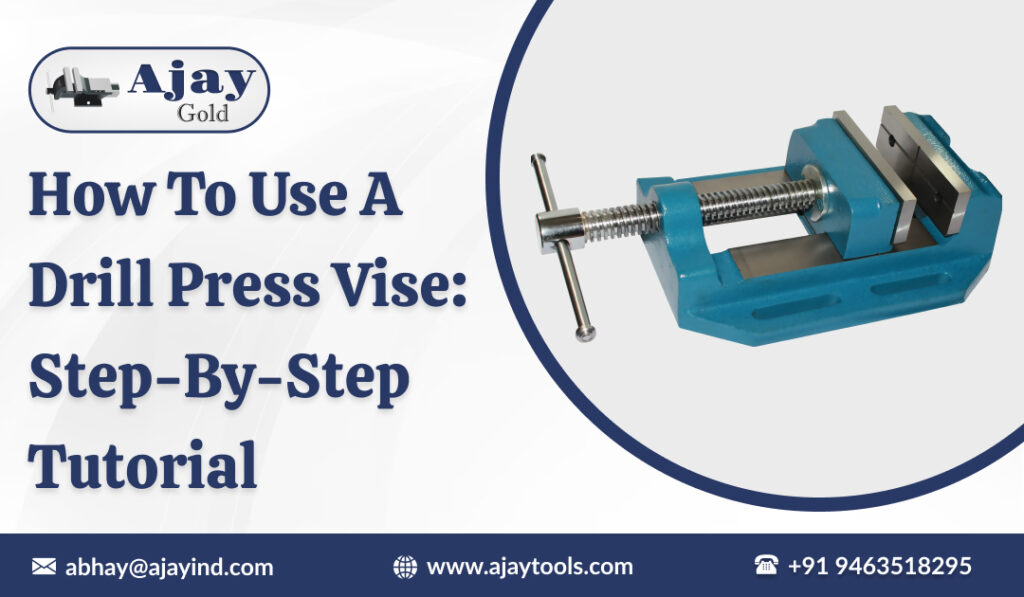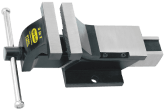For any woodworker or metal worker, a drill press vise is one of the most essential tools. However, how does it work? How do you use it? This blog will cover everything you must know about this tool and the possible applications of this tool when it comes to its usage.
Uses of the Best Drill Press Vise
The ability of a drill press vice to securely hold a workpiece during drilling, cutting, and other operations is well established. They let users safely hold work parts without the use of clamps or other types of gripping tools and are frequently found on drill presses. Benefits include time savings and a reduction in hand fatigue from prolonged use.
Although machinists have used drill press vices for decades, many do-it-yourselfers may not have one in their workshop. Yet it’s difficult to fathom working on projects without one because this straightforward technology has so many useful applications. Here are a few examples of drill press vice uses:
- Metalworking
- Woodworking
- Gluing
- Cutting conduit
- Sawing
- Drilling
- Adjusting or screwing
- Sandpapering or filing
How to Use a Drill Press Vise?
It’s time to test the drill press vice after you’ve configured it in accordance with the instructions. In order to ensure that it is functioning properly, you should also test it out. The guidelines to use when operating your drill press vice are as follows:
Mark the spot for drill point
Before installing the vice in the drill press table, mark the drill point. Drilling in the incorrect location if you don’t mark the drill bit on the table’s underside so that it lines up with the hole in the vice.
Open the vise jaws
A pair of vise-grips can be used to keep a large workpiece in place if your vise is too small to accommodate it. After that, arrange the vice grips around the workpiece by opening their jaws.
Place the workpiece
One of the most frequent uses for your drill press vice is to hold a workpiece in place, though it may be used for a variety of other things as well. First and foremost, you need to confirm that the workpiece is stable and won’t move throughout the machining process. The workpiece and vice are currently in touch with each other three times. However, one point is insufficient when it comes to place.
Close the jaws of the vise-grip
The last step is tightening the vice. Now, in a revolving direction, turn the handle. Ensure that the object can’t slip out of position before moving on to the next step.
Ensuring the setting of alignment
You need to ensure that you are drilling in the right position. Additionally, it is vital to align the drill bit with the drill point on the object to avoid letting it ruin things.
Start drilling
After placing the object in the chuck, you can start a cut. When you know the exact position of the drill press vise, now slowly turn on the tool and lower it down onto the object you have clamped.
Different Types of Drill Press Vise
Tilting Jaw Vices
The tilting jaw vice is a kind of drill press vice that has one jaw that can tilt to the side. It allows the vise to clamp non-parallel and irregularly shaped objects firmly within the jaws, whilst it equals the clamping pressure on either side of the project.
Quick-Release Vices
A quick-release drill press vice is manufactured with a quick-release mechanism. It allows the vice jaws to be quickly re-adjusted with one movement. With a button on the vice, anyone can open and close the jaws of the vise quickly.
Conclusion
The blog shares information on drill press vice along with steps to use it in an effective way. Apart from this, make sure to choose the right type of drill press vice for your project. To buy high-quality drill press vice from the best manufacturer, you can contact Ajay Tools.


